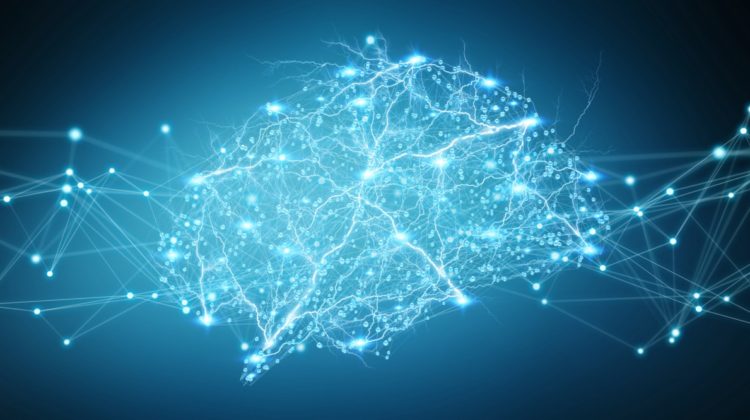
Industry use case of Neural Network
What is Neural Network?
Neural networks are a programming approach that is inspired by the neurons in the human brain and that enables computers to learn from observational data, be it images, audio, text, labels, strings or numbers. In simple we can also define it as, a Neural Network was built to mimic the functionality of a human brain. The human brain is a neural network made up of multiple neurons, similarly, an Artificial Neural Network (ANN) is made up of multiple perceptron’s.
A neural network consists of three important layers:
- Input Layer: As the name suggests, this layer accepts all the inputs provided by the programmer.
- Hidden Layer: Between the input and the output layer is a set of layers known as Hidden layers. In this layer, computations are performed which result in the output.
- Output Layer: The inputs go through a series of transformations via the hidden layer which finally results in the output that is delivered via this layer
One can also visualize this as our sensory organs takes input, after that human brain process it and depending upon the situations it gives the output.
Did you know that PayPal processes over $235 billion in payments from four billion transactions by its more than 170 million customers? It uses this vast amount of data to identify possible fraudulent activities among other reasons.
With the help of Deep Learning algorithms, PayPal mined data from their customer’s purchasing history in addition to reviewing patterns of likely fraud stored in its databases to predict whether a particular transaction is fraudulent or not.
The company has been relying on Deep Learning & Machine Learning technology for around 10 years. Initially, the fraud monitoring team used simple, linear models. But over the years the company switched to a more advanced Machine Learning technology called, Deep Learning.
Fraud risk manager and Data Scientist at PayPal, Ke Wang, quoted:
“What we enjoy from more modern, advanced machine learning is its ability to consume a lot more data, handle layers and layers of abstraction and be able to ‘see’ things that a simpler technology would not be able to see, even human beings might not be able to see.”
A simple linear model is capable of consuming around 20 variables. However, with Deep Learning technology one can run thousands of data points. Therefore, by implementing Deep Learning technology, PayPal can finally analyze millions of transactions to identify any fraudulent activity.
Now let’s go into the depths of a Neural Network and understand how they work.
Consider a scenario where you are to build an Artificial Neural Network (ANN) that classifies images into two classes:
- Class A: Containing images of non-diseased leaves
- Class B: Containing images of diseased leaves
So how do you create a Neural network that classifies the leaves into diseased and non-diseased crops?
The process always begins with processing and transforming the input in such a way that it can be easily processed. In our case, each leaf image will be broken down into pixels depending on the dimension of the image.
For example, if the image is composed of 30 by 30 pixels, then the total number of pixels will be 900. These pixels are represented as matrices, which are then fed into the input layer of the Neural Network.
Just like how our brains have neurons that help in building and connecting thoughts, an ANN has perceptrons that accept inputs and process them by passing them on from the input layer to the hidden and finally the output layer.
As the input is passed from the input layer to the hidden layer, an initial random weight is assigned to each input. The inputs are then multiplied with their corresponding weights and their sum is sent as input to the next hidden layer.
Here, a numerical value called bias is assigned to each perceptron, which is associated with the weightage of each input. Further, each perceptron is passed through activation or a transformation function that determines whether a particular perceptron gets activated or not.
An activated perceptron is used to transmit data to the next layer. In this manner, the data is propagated (Forward propagation) through the neural network until the perceptrons reach the output layer.
At the output layer, a probability is derived which decides whether the data belongs to class A or class B.
Credits :- Google, Vimal Daga Sir, ….
